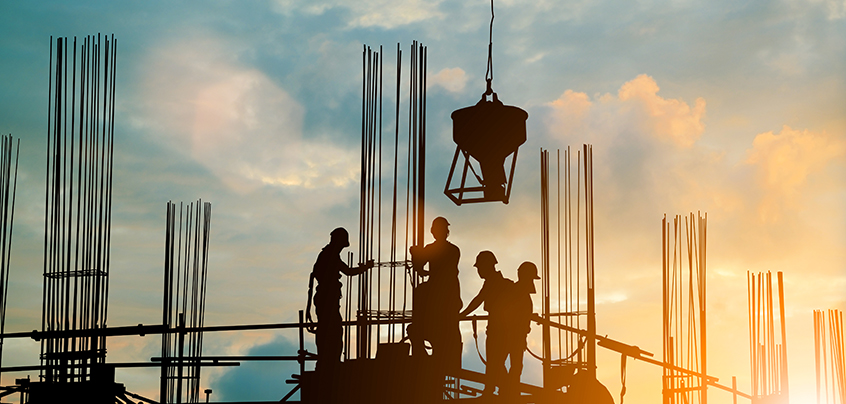



The building & constructions market has been growing rapidly in the last few years. The rise in population is also proliferating the consumption of natural resources.

The building & constructions industry has experienced a growth spurt in recent years. The rising population is proliferating the consumption of natural resources upon which the construction industry relies strongly. The developing nations with an adequate amount of resources and investment are witnessing significant and steady growth in this sector. The Economic development of a nation enables itself to attract various forms of investment such as the construction of infrastructure and expanding facilities like airports etc. Integrating tourism with the development agenda is leading to higher investment opportunities in the market.The rise of the construction industry has developed new and advanced materials which have become central to any project. However, the building & constructions impact the environment both directly & indirectly and hence, for a long period, policymakers have been advising the construction companies to use high-performance materials which promotes sustainable development. The industry can be divided into various segments, namely, commercial, industrial, public non-housing, infrastructure, private housing and public housing.The historical development of the industry can be dated back to when man developed the ability to construct different kinds of structures using varying materials which gave rise to the trade of services in construction work. This industry has witnessed rapid evolution in past decades crediting to a widespread industrial revolution. Performance of the construction market depends on use and investment made into the resources available at hand effectively. Countries or companies react and invest differently depending on its prevailing economic situation. For example, in the middle or later stage of an economic recession, governments tend to increase their spending and investments on construction projects and infrastructures to stimulate faster economic growth.The construction industry comprises various infrastructures in sectors such as institutional, defense, commercial, tourism and engineering among many more. The construction industry market analysis has shown that the market is expected to produce a generous revenue and attract investments from the largest construction companies such as ACS, China Communications Constructions, Bechtel, Larsen & Toubro to name some.Triton offers a broad range of reports on the following topics, which include Advanced Ceramics Market, Acoustic Insulation Market, Construction Composites Market, Ceramics Tile Market and Ceramic Fiber Market.The reports have been listed under the following segments:Building: These refer to the materials used for construction. The most common naturally occurring materials used are sand, rocks, wood, clay, leaves and twigs.Construction Materials: Due to technological advancement, various companies develop and manufacture different kinds of building materials and composites for construction purposes.Construction Technology: In the course of time, an array of technologies are being introduced and developed to ease manpower and shift the focus to ‘sustainability’ at the same time. Some different kinds of construction technologies prevailing or that are yet to prevail in the modern era are 3D Printing, Artificial Intelligence, Zero-Energy Buildings, Green Architecture, Storm Water Management, Virtual Reality, etc.Machinery: Recent years have witnessed a rapid demand for construction machinery which is driven by the demand in the construction market. The manufacturers are striving to build efficient and innovative machines that would carry off multiple functions. The key machinery being used on a large scale include loaders, portable concrete mixers and pumps, winches, excavators and cranes, articulating lift and cranes along with other ancillary equipment. The advantages of using these machines in the construction process are the fast completion of projects and reduction in labor dependency. Thus, the development of machinery has transformed the conventional labor-intensive construction industry into more capital-intensive.
Read More